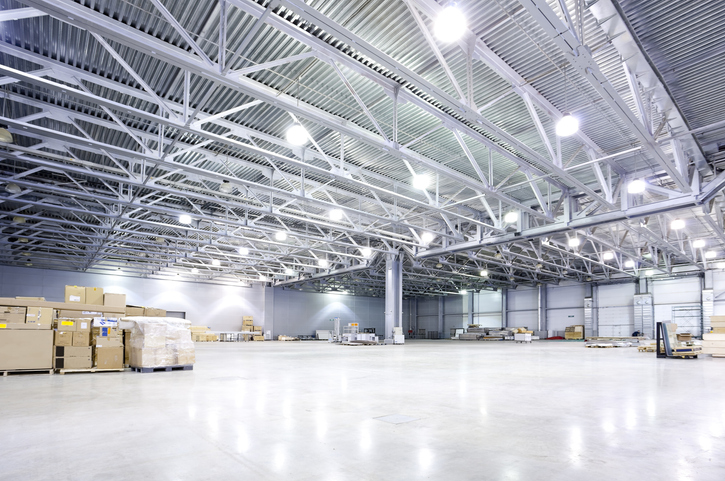Three Common Issues With HID High Bay Lighting

This blog post brings to light the issues associated with metal halide and high-pressure sodium lamps. Despite the ubiquity of these types of lights, there are some inherent characteristics that can lead to higher energy and maintenance costs, as well as poor lighting.
3 Common Issues With HID High Bay Lighting
High Bay and Low Bay Lighting
High Bay and Low Bay Lighting
recessed troffer
recessed troffer
fluorescent
fluorescent
are terms used to describe the indoor lighting that is commonly mounted via a pendant, chain, or directly to a ceiling or ceiling girder. These types of lights are often mounted higher than or lights. So common use cases for this type of lighting are: warehouses, industrial facilities, commercial lighting spaces, retail areas and gymnasiums.
Despite the ubiquity of these types of lights there are some inherent characteristics that can lead to issues, below we will look at the three most common: energy cost, maintenance costs and overall lighting performance.
Energy Costs
High bay and low bay lights range from 175 watts to 1000 watts depending on the fixture and application. Generally speaking, the higher the light wattage the higher the light output. The variables here are a function of the area illuminated, combined with the height of the ceiling and fixture mounting. These factors all play a role in the wattages that is utilized.
energy costs
energy costs
To put a dollar value to this wattage, a 400 watt or 1000 watt HID fixture (which is a very common wattages for high bay lighting and low bay lighting) can cost up to $209 and $525 to operate per lamp, per year, in electricity alone. Depending on the facility, these costs can really add up, and unnecessarily inflate your .
Maintenance Costs
In addition to the high energy costs, maintenance concerns are often a factor for those individuals managing: commercial light fixtures, warehouse lighting, and gym light fixtures.
high bay lighting
high bay lighting
As stated before, is commonly mounted on ceilings in excess of 15ft. These lights typically require the use of a lift to change out a lamp or a ballast. Typically a building doesn’t own a lift and therefore must hire an outside contractor to maintain these types of fixtures.
These maintenance expenses can really add up over the course of a few years. To give a tangible example, it can easily cost up to $1,200 in labor and materials to maintain a single high bay light fixture over the course of 3 years.
Lighting Performance
The characteristics of your high bay lighting and low bay lighting can vary significantly depending on the type of lighting installed in your facility. Metal halide lamps produce a “whiter” type of light, however these types of lamps tend to have accelerated lumen degradation, meaning the light output of the lamps decrease quickly after initial install. It’s possible you’ve seen these high bay lights rendering a very “pink” light. While operational, they are barely providing any light on the intended surface below.
Color Rendering Index
Color Rendering Index
On the other hand if you are using high pressure sodium lamps you may see a longer useful life as these lamps see less lumen degradation than metal halide. However, their fuel structure produces a very “orange” light with a very low CRI (). So basically you trade a longer life for a poorer quality light, in regards to visual perspective.
Conclusion
concerns
concerns
As we can see there are: high energy costs, frequent maintenance costs, and overall lighting performance issues associated with metal halide and high pressure sodium lamps. These issues in addition to overall lamp lifetime should be a motivator to evaluate an alternative lighting solution for your facility.
LED lighting retrofit
LED lighting retrofit
contact
contact
If you have questions about what an would look like for your organization, Stouch Lighting today. We would be happy to come out and do a free assessment of your space.
Want even more Content?

Since you’re already a user, you know that IFMA’s Knowledge Library offers all FM content in one place. But did you also know that by signing up via email to become a registered user, you can unlock even more resources?
Signing up via email for registered access within the Knowledge Library brings more content and functionality to your fingertips. Expect to grow your facility management knowledge, career and network faster than ever before.


